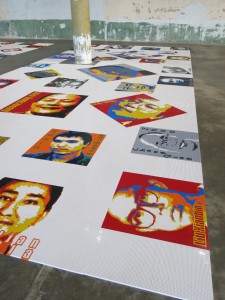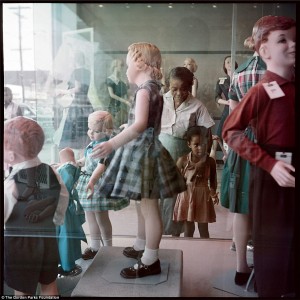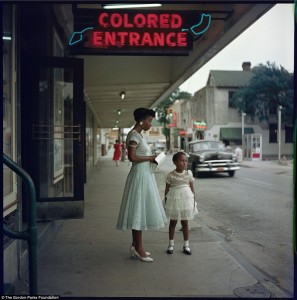Last week I had lunch with a friend whom I have known since grammar school. Her daughter, who will graduate from college next month, joined us after swim practice. During lunch, we talked about her new job, which is supposed to start the day after graduation. She had just met with her boss who informed her that she wouldn’t be on salary as they had previously agreed, but on commission. She told us that she had said, “Okay,” and had left the meeting feeling confused and undervalued.
You might think, “This is a young woman talking to the boss of her very first job out of college. Of course she has to agree.” But the conversation made me think about the negotiation and leadership workshops I have been giving for women (five in this past month alone). I have heard versions of this story again and again even from women who are highly accomplished in their fields.
I polled one group of tenured professors to find out what they felt when entering into a negotiation. I heard: “I’m afraid that I’m going to be seen as too pushy”; “I just know I won’t get what I want”; “I’m ashamed to ask for something I need”; “I’m always surprised that there is a negotiation”; “I wasn’t aware that I could ask for more.” Why is this?
One answer I can give is a broad generalization. The author of The Female Brain, Dr. Louanne Brizendine, says it has to do with women’s brain chemistry.* She writes about how essential it was for women in our early cultures to be focused solely on relationships. This was the only way to insure the survival of offspring.
We can see this today in the gender differences of childhood play. When little girls play together, being liked is often the most important issue. Friendships suffer at the slightest hurt. Playtime may end in tears and long-term break-ups. This is quite different from little boys, who after a rough and tumble fight, go home arm in arm for hot chocolate.
This hyper-concern about being liked can prevent women from asking for what they want. Linda Babcock and Sara Laschever did a landmark study in 2002.** One of their findings was that men typically ask for $4000 more during their very first salary negotiations. This isn’t a great deal of money, but after a career’s worth of cost of living increases, raises, and job changes, it translates into nearly $1,000,000 dollars. The women they interviewed often stated that they were so happy to be liked enough to get a job they didn’t even think of asking for more.
Sadly, though, there is some truth in the fear that women who negotiate may be perceived as too pushy or aggressive, while men who negotiate are called enterprising or dynamic. Hannah Riley Bowles of Harvard’s Kennedy School has been researching how women fare when they ask for something in the corporate or academic setting.*** Her work shows that women need to be careful in how they ask or they run the risk of being denied or characterized as difficult.
Riley Bowles has found that a change in language can change the outcome of a negotiation for women. If a female executive asks for something for herself, even if she deserves it, it may not work. However, if she frames her negotiation for the good of the organization, it will be easier for her to succeed. Also, if she includes others in the request, either those who are supporting her or those who will also benefit, she’ll be perceived as a part of the team. Riley Bowles’ results are somewhat disheartening in 2015, but her advice is useful.
I’ve discovered that prioritizing relationships also prevents women from preparing for the normal give and take of a typical negotiation. The solution is to create a package of alternatives prior to negotiating. If you know what your bottom line is, and ask for more, then you have options if you are denied. Make a list: what must I have? what can I live without? what can I ask for instead? at what point am I going to walk away? It’s just like buying a car. You are not going to spell this all out at once, but piece by piece as the game plays out.
I couldn’t help myself at lunch. I had to speak frankly to my friend’s daughter. I reminded her of all the successful negotiations she has taken on in her tenure as swim team captain. I suggested that she ask for another meeting with her boss. I told her that she needed a clear purpose: to be paid the agreed upon salary. I offered her ideas about what else she could ask for if he said no. I gave her language to frame her need for the good of the organization. We improvised what the give and take might sound like.
She is going to be well positioned to win. She might even gain her boss’ respect; she will show him that she’s got the mettle to make it. As I was speaking, I was wishing that someone had given me this kind of advice early in my career.
*Brizendine, Louanne, M.D., The Female Brain (New York: Three Rivers Press/Random House, 2006). Special thanks to Liza Dickinson for giving me this book.
** Babcock, Linda and Sara Laschever, Women Don’t Ask: Negotiation and the Gender Divide (Princeton: Princeton University Press, 2003).
***Bowles, Hannah Riley, and Kathleen L. McGinn. 2008. “Gender in Job Negotiations: A Two-Level Game.” Negotiation Journal (October): 393 – 410.













